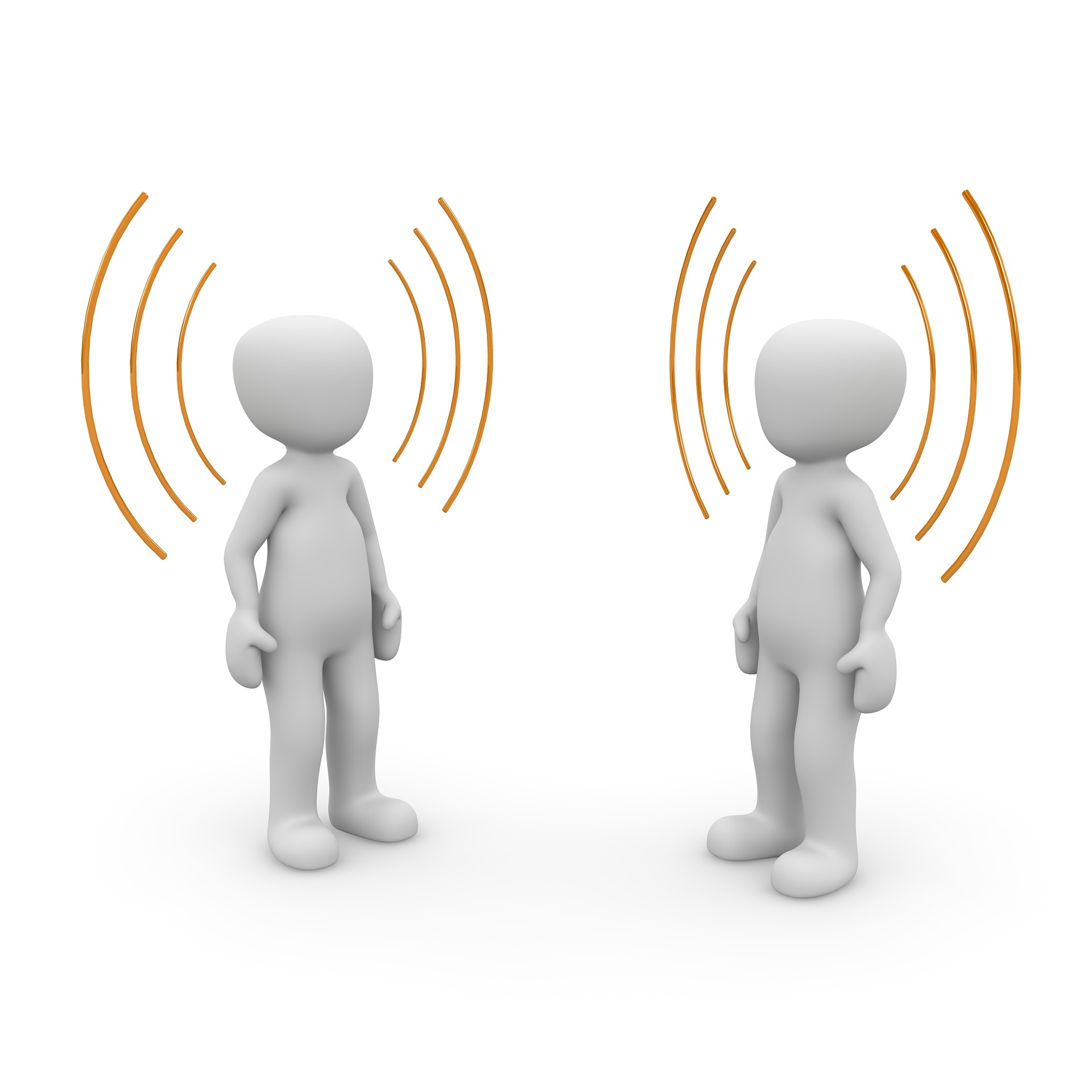Creating a game
On the Wabalii platform we call all Gamified Game Systems. This does not mean that they are the kind of game you play every day, like Angry Birds or Candy Crush Saga.
A game in Wabalii is a system of processes, teams, metrics and rules that come together to engage a player in an experience. The experience can be anything from visiting a website to working at your office.
Wabalii acts as the game engine behind these systems. He takes care of all the tough stuff, such as tracking scores, team structures, player progress and maintaining leaderboards in real time.
Game Types
Wabalii supports two types of games:
External – An external game can take many forms. It could be a simple website with a gamified loyalty program. It can even be a completely customized gamification product for a specific problem domain.
Ex: Gamification of the activities of collection centers, contact with users to conquer new customers. Another example would be the tracking of bank managers’ goals, gamifying the sale processes of various roles (applications, consortiums, investments, loans, insurance, savings, opening current accounts, etc.), allowing evolutionary tracking online, by smartphones or desktop applications with greater dynamism in personal strategies manager to achieve corporate goals, controlling the various roles to be sold to the interested public. These are just simple examples that can be implemented for the benefit of the activities of large corporations which must meet complex objectives that lack the incentive mechanisms of their responsible agents, allowing daily monitoring by audit channels and evolutionary control of institutional goals.
Native – A native game is an automatically generated application hosted at http://games.wabalii.com/your-game-id.
You can use it to reflect the unique style of your game. Wabalii currently models the user experience as a simple tracker application. This is useful in many scenarios where the real player experience takes place in the real world itself.
Wabalii currently models the user experience as a simple tracker application. This is useful in many scenarios where the real player experience takes place in the real world itself.
For exemple: follow-up activities to track engagement evolution for a particular purpose.
Creating a game in Wabalii is simple when you register and login to the platform.
Components of a game
There are 4 main components to each game in Wabalii:
Metrics
Metrics are what you measure in a game. They are used to track player performance and behavior. For example: Points, Badges, Achievements, etc.
Learn more: Wabalii Metrics Guide
Actions
Actions are the most basic way to capture player actions and can be used to capture simple player events such as liking a post or completing a quiz.
Learn more: Wabalii Action Manual
Processes
Processes allow the game designer to structure the player’s journey. You can use processes to control the order in which players can perform the tasks available to them.
Processes can model common activities on a site, such as answering questions, voting, sharing, etc. They can also model game missions and challenges based on more complex, choice-based stories.
Learn more: Wabalii Process Manual
Teams
Teams define a subset of players in your game and can easily be used to model teams within your organization.
Learn more: Wabalii Teams Handbook
Rules
Rules define the conditions that, when met by a player, affect the player in some way. You can use them to reward achievements and level up players when they earn a certain amount of points.
Learn more: Wabalii Rules Manual
Ranking
You can use leaderboards to drive competitive behaviors within a game. Our leaderboards come with many features that take you to the next level. Oh wait, I forgot, all leaderboards are updated in real time!
Learn More: Wabalii Leaderboards Manual


